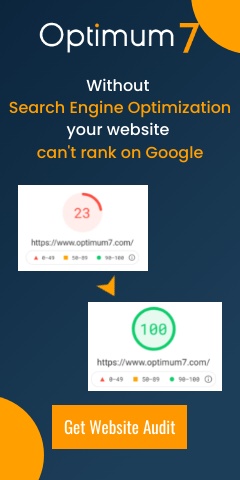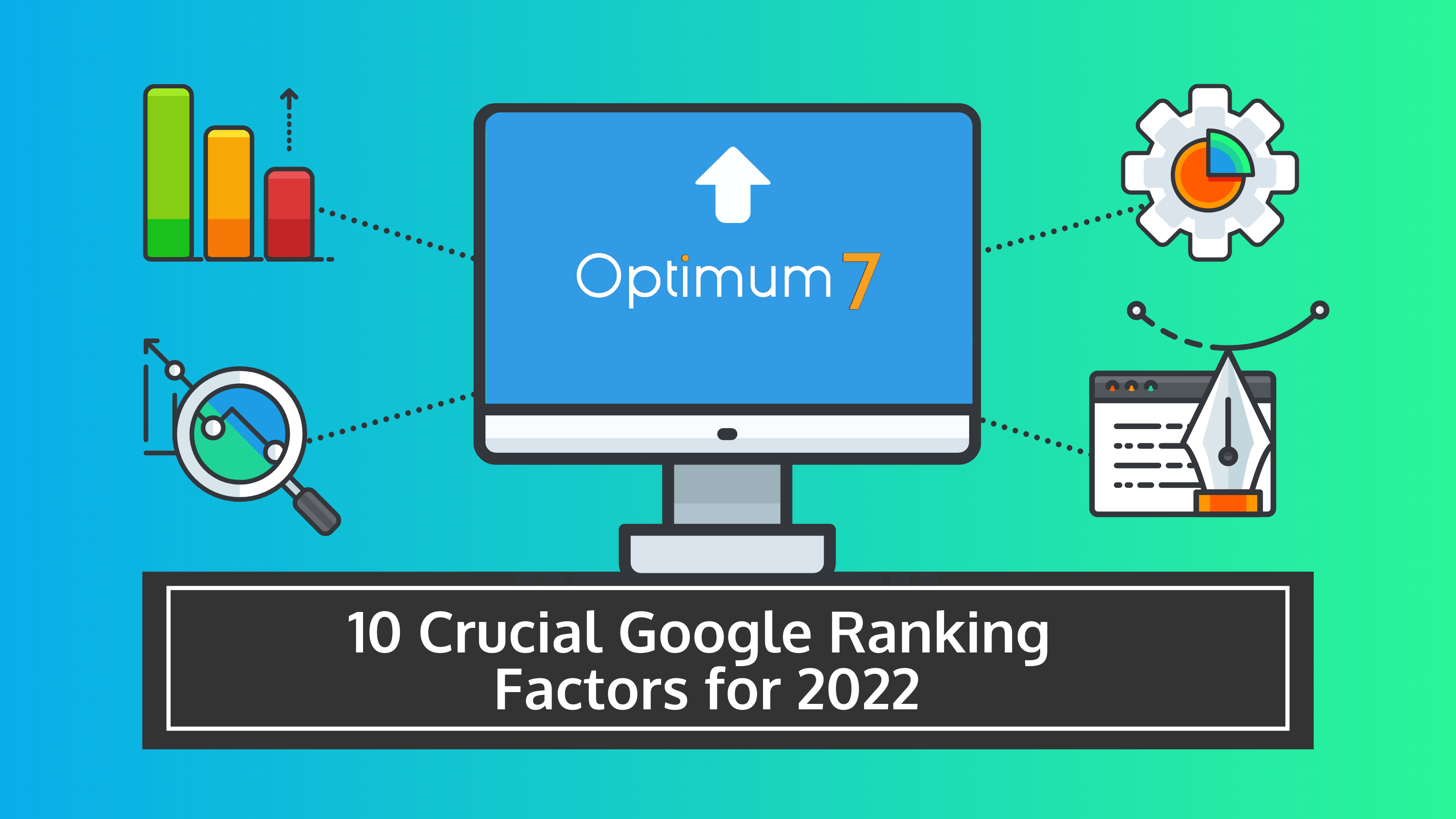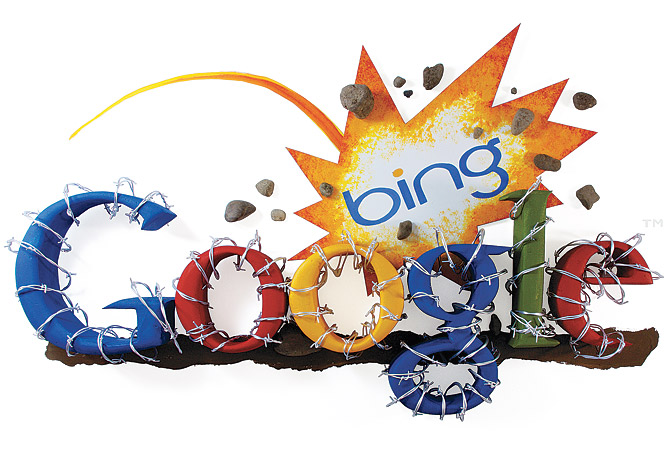
While the word “tricks” is often applied to SEO techniques or processes, the word “trick” to describe how SEO is implemented is a bit misleading. Using a term like “tricks” implies that there is some kind of secret way to duck the accepted methods, and yet acquire the same result – or even better. This is the kind of thinking that black hat SEO uses, which you certainly do not want to get caught up in.
There are no magic tricks to SEO; it is a sophisticated, sometime complex and ongoing process, using a combination of many techniques and strategies, both on-site and off-site. Below, you’ll find an overview of general SEO tips, techniques and must-haves, as well as the kinds of things that have a negative impact on SEO and your website’s ranking in SERPs (search engine result page).
General SEO Rules of Thumb
1. Own a fantastic website within your area of expertise, industry or service. What makes a website great? This is highly subjective, and it obviously changes from industry to industry and niche to niche… If you have a simple business service, you probably will not want a website that looks like an online casino game room. A business or business service website should have a professional, sleek and streamlined user interface, while offering as much transparency about your business as possible. Transparency helps to build trust before your site visitors even make any effort to contact you.
2. Be committed and patient. SEO is not a one or two week process; there is no instant gratification. Rewards come from consistent, persistent SEO practices over the long-term, and the visibility of your website attained through SEO and SEM can become a lasting achievement through continued use of those practices
3. Choose your SEO Company or services carefully. Ask a lot of questions – demand a strategic plan, ask about estimates for long-term services, discuss a link-building strategy, web analytics, PPC management and any other pertinent details. The more information you draw out of an SEO service, the more insight you’ll have into whether they are the right company for you. Be wary of any SEO service that guarantees first-page rankings.
4. Perform website analytics, so you have at least a loose blueprint for an SEO strategy and something to point to when you first discuss SEO with a professional SEM/SEO company. In order to understand the basics of your analytics report, you should familiarize yourself with its components and how it relates to SEO. In other words, it is a wise idea to become an SEO student. Obviously you will not be able to learn in-depth SEO practices and techniques in a short time, but familiarizing yourself with the basics, as well as your website analytics will significantly contribute to your decisions about SEO services.
The Most Important SEO Hints and Elements
Unique, Fresh, Relevant Content
The content development of your website has always been extremely important. However, within the past year, the importance of website content has exponentially increased, in terms of search engine ranking. The quality of content used to be secondary to the traffic and amount of links to a site. That might not be the case anymore. Google now requires content to be not only relevant, but of high quality and useful to the reader, both in form and information. This means that poorly written, incorrect or shallow content can actually harm your SERP rankings. If you find that you do not have the time to provide your website with updated, unique and useful content on a regular basis, it is a good idea to hire or outsource quality web content writers to provide you with articles, blogs and other content that will add value to your site, both for the search engines and for your audience. Aside from the recently updated search engine algorithms which have fine-tuned their crawlers to differentiate between good and bad content, websites that have consistent valuable content have a much better chance of acquiring incoming links from quality sites; this is invaluable in terms of SEO and SERP ranking. It cannot be stressed enough how important it is to ensure your content is not only relevant, useful and unique, but that it is also well written and accurate.
Meta Tag Tricks; Page Titles
At earlier stages of internet development, page titles had an extremely high impact upon search engine crawlers. While this is not the case anymore, page titles are still an important part of on-site SEO, as they signify to search engine crawlers what that particular web page’s content is centered around. For this reason, it is not a good idea to simply title your pages with the name of your business, logo or even your business motto. Page titles should all be unique, focusing upon the key words or elements of that particular page. If an auto loan business was creating their company services page, a good page title would be “auto loan company services.” The same applies for each page of content within the website, as well as blog posts. A blog about how to get lower auto loan interest rates should have a page title that reflects exactly that. Remember, the page title is not the same thing as the article or blog title – the page title shows up in the very top left side of the screen, above the browser, or sometimes on the window tab. Page titles are assigned on the html side, or typically through the content management system.
XML Sitemaps
Sitemaps are imperative in improving the visibility and index of your web pages. Sitemaps not only provide a list of links to all pages on your website, which helps search engine crawlers index your pages, but also provides a mapped hierarchy of those pages, which tells search engines which pages are most important. However, sitemaps do have a limit as to how many links or pages can be on them, so if you have a very large site, you should have several sitemaps, with no more than 10,000 links at the absolute maximum, per sitemap. Having several sitemaps for a large site will not hurt your search engine ranking compared to smaller sites with only one sitemap. As a matter of fact, having several, highly organized sitemaps can actually improve your ranking.
Multiple sitemaps do not have to be strictly for large sites – they can be arranged for smaller sites as well, since you should be adding unique content regularly, and thereby increasing the size of your site. The earlier you designate what links and pages go to which sitemaps, the better. The key to multiple sitemaps is to arrange them according to how your site is structured, how deeply your pages go and their sections. While you may not understand all the details, this is an example of something to discuss with your SEO provider.
Meta-Data: Meta Tags, Descriptions
Meta-Data is the data filled in on the html side of each web page and should be made as simple as possible by your content management system. Meta tags are the key words or phrases of each page’s content, and ideally, should be consistent with words or phrases in the page title, and most certainly within the actual content. If you have web content that discusses preparing flower gardens and flower beds for winter, then use those three primary keywords as the page meta tags, in the page title, and in the meta description. The meta description is the snippet that describes your content in a brief sentence or two. While Google no longer uses meta descriptions as the text that appears under a link in search results, many other search engines still do. In addition, when you have a PPC ad, you have control over your meta description and what shows up under your ad, so you’ll want to make sure you know how to optimize those descriptions for both search engines and your target audience. The more uniform and consistent your meta-data, content keywords, and page titles are throughout your entire site, the better it will perform in search results.
SEO-friendly URLs
URLs are created in several ways, depending upon the settings in your content management system, and which CMS you use. Some CMS generated URLs are not SEO friendly, so stay aware of how your settings generate URLs, and make changes if necessary. Using the example above for flower garden and flower bed preparation for winter, a good URL example would be: www.GardenExample.com/preparing-flower-gardens-and-beds-for-winter.php. A bad URL example, the kind that is often auto-generated by a CMS system, is www.GardenExample.com/flower?=4888bed+hggg#%_5552.php. Having SEO-friendly URLs not only helps search engines find your pages more easily, but they are also much more “guessable” for users who are searching for this information.
Use Relevant Anchors for All Links
One very common mistake that people make is to either simply list the URL, or to anchor it with “go <u>here. </u>“; this is a mistake whether it for internal links, outbound links or incoming links (which you may not have a lot control over), by anchoring links with terms, words or phrases that are relevant to both the current page and the linked page. For example, if a blog is written about the top ski resorts in North America, and has links to various ski resort websites, instead of listing all their URLs, a good anchoring method might be “favorite ski resort Aspen” or “top ski resort in N.Cali” and so on. This improves your website’s relevance to your targeted key terms or phrases in a search query, in addition to the Google ranked website quality that improves for each quality link itself. From a user’s perspective, links with anchor text provide a more fluid, uninterrupted reading experience: the visitor will have a much better idea about which links they want to click when they are anchored with relevant keywords.
An SEO-friendly CMS
Some content management systems are much more conducive to SEO than others. WordPress is a great example of a highly SEO friendly CMS, not to mention its extreme user-friendliness. Drupal and Joomla can handle much more customized, larger eCommerce sites with in-depth custom developments and dynamics, but
do not necessarily have default settings that produce SEO-friendly URLs and other elements that make it easy for search engines to find, crawl and index content pages. Be sure that if you use a heavier CMS like Drupal, that you install SEO add-ons or other applications that create search engine optimized URLs and meta-data.
What NOT to Do for SEO
While the above elements are all important for SEO implementation, there are common mistakes made that can work against SEO efforts, and consequently your website SERP ranking.
1. Do not accept or exchange links without some discretion, just to get incoming links. It is a common “trick” for many younger websites with low visibility to engage in “link exchanges,” especially from content farms. This is a bad idea, and can work against SEO, because the quality and relevance of all incoming links are considered as search engines crawl and index your pages for a particular search query. For instance, if you have a retail website for gloves and hats, and your incoming links are primarily from content farms that focus on internet and technology articles, Google crawlers will recognize this, and your SERP ranking will reflect the irrelevance of the links. However, if the glove and hat retail website has incoming links from high quality retail winter wear sites, or even a uniform wear site – this will help SERP rankings.
2. Article or content re-writes, otherwise known as article “spinning” – This is an extremely common, but very bad practice by many, many website owners. Those that use spun content to submit to as many directories as possible, or simply use it on their websites to create extra content without a lot of effort – are in for severe disappointment. Spun articles are not considered unique content by search engines, and using spun articles as either content, or as incoming links from directories or other sites, causes SERP rankings to drop.
3. Keyword Density – Many website owners continue to believe – and so place emphasis upon strict keyword percentages within a given set of content. Pay attention here: adhering to any type of keyword density percentage is a useless practice for enhancing or improving SEO. Keywords naturally written into the content, with the user or visitor in mind, will have the best possible results.
Several other common mistakes are widely practiced and thought to be SEO improvements. This is precisely why it’s important to become a student of SEO, in order to learn the true elements and proper practices of search engine optimization for your website. Even more importantly, by understanding effective SEO, you’ll be able to choose your professional SEO provider with better judgment, and really optimize your website for the best possible results.





